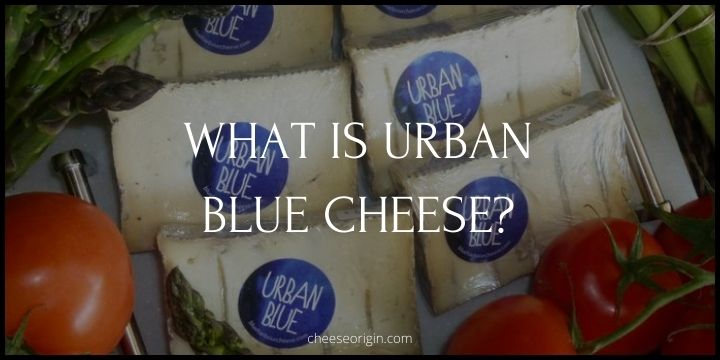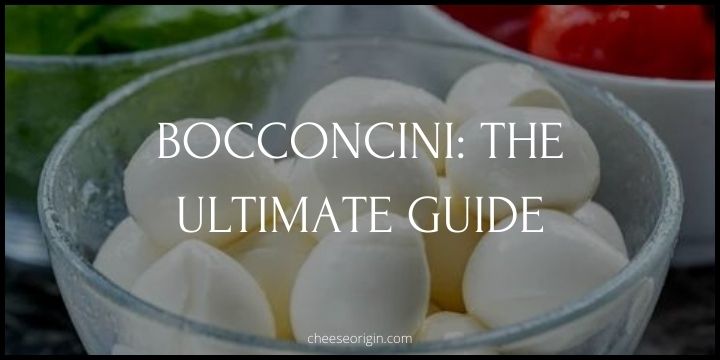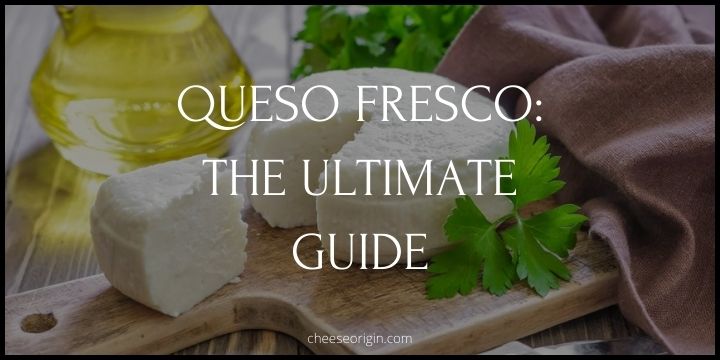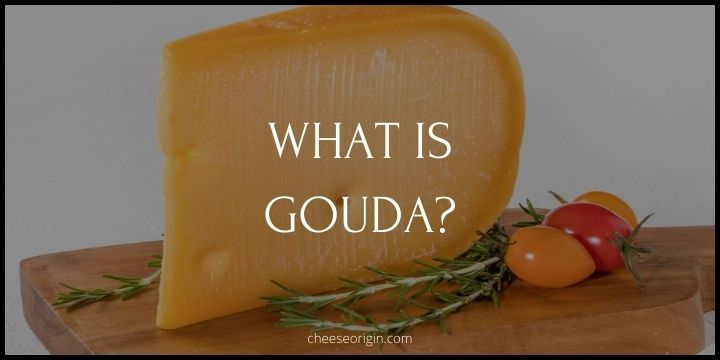What is Rocamadour Cheese? A Bite-Sized Wonder of French Gastronomy
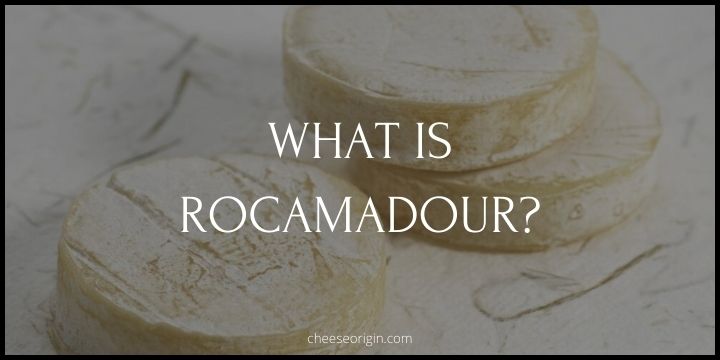
In the heart of France’s gastronomic universe, nestled within the rocky cliffs of the picturesque Dordogne Valley, lies a bite-sized treasure that has been delighting cheese connoisseurs for centuries. Rocamadour cheese, a small yet captivating wonder of French gastronomy, is a testament to the country’s rich dairy heritage and an enduring symbol of its culinary prowess.
This petite delicacy, named after the medieval village of Rocamadour, is a powerhouse of flavor and texture, skillfully crafted from goat’s milk. Its smooth, creamy interior encased in a delicate bloomy rind is the result of meticulous aging, a process that imbues this cheese with its unique characteristics. With each bite, Rocamadour unfolds layers of subtle tanginess, earthy undertones, and a hint of nuttiness, leaving an unforgettable impression on your palate.
Rocamadour cheese stands as a beacon of France’s time-honored cheesemaking traditions, offering a taste experience that transcends beyond the confines of its diminutive size. Whether savored on its own or paired with a variety of accompaniments, Rocamadour cheese is indeed a bite-sized wonder that continues to charm and fascinate lovers of fine food across the globe.
Quick Facts About Rocamadour Cheese
| Fact | Details |
|---|---|
| Origin | Originates from the southwest region of France, specifically from the commune of Rocamadour in the Lot department. |
| Type | Soft goat’s milk cheese |
| Shape and Size | Small and round, typically 4cm in diameter and 1.5cm in height. |
| Weight | Weighs approximately 35 grams. |
| Aging Process | Aged for a minimum of 1 week, but it can be aged up to 4 weeks. The flavor intensifies with age. |
| Taste | Creamy, mild and slightly tangy taste when young, which becomes more robust and complex as it ages. |
| Texture | Has a fine, dense texture and a thin, delicate rind. |
| Color | Generally white or slightly yellow in color. |
| AOC/AOP Status | Had been protected by AOC (Appellation d’Origine Contrôlée) status since 1996 and AOP (Appellation d’Origine Protégée) status since 2009. These labels guarantee its quality and geographical origin. |
| Pairings | Pairs well with light red or dry white wines, and is often served with bread or incorporated into salads and other dishes. |
What is Rocamadour Cheese?
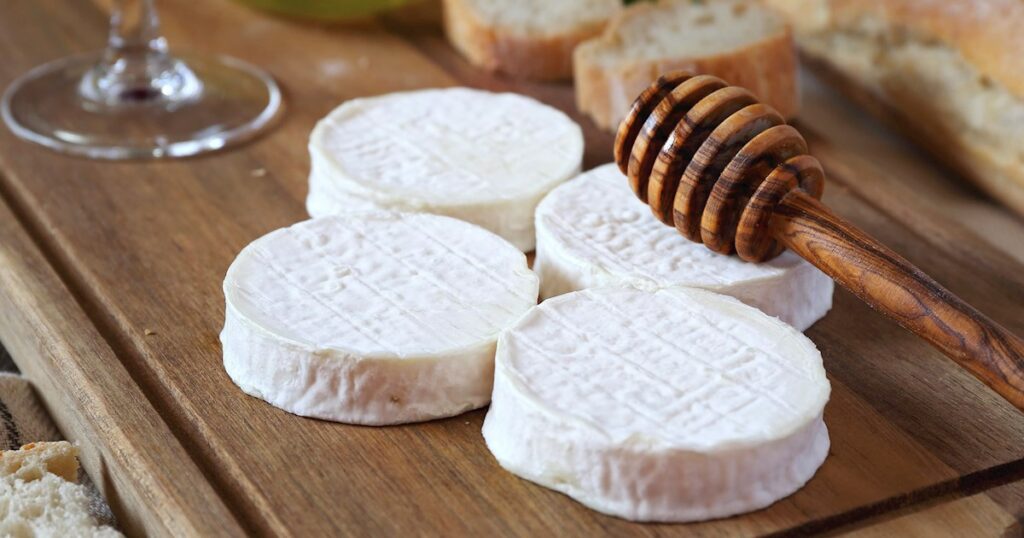
Rocamadour cheese, a true culinary delight from the southwest of France, is as rich in flavor as it is in history. Named after the town of Rocamadour in the regions of Périgord and Quercy, this cheese is a testament to French cheesemaking tradition.
Don’t let its size deceive you – weighing just over an ounce per piece, Rocamadour is one of the smallest goat cheeses produced in France, yet it packs an enormous amount of flavor. This cheese belongs to the esteemed Cabécou family of cheeses, which are known for their distinctive tangy and nutty taste.
The young Rocamadour cheese, aged between 1 and 2 weeks, has a subtle acidic aroma and a slightly nutty taste. As it matures, it acquires a more robust flavor, offering a delightful gastronomic experience. The cheese possesses a thin rind and a tender, creamy pate with a subtle scent.
Rocamadour cheese is made from raw goat’s milk, giving it a natural edible rind and a soft, flat texture. Its color can vary from dark to ivory-colored beige, adding to its visual appeal.
Protected by both AOC (Appellation d’Origine Contrôlée) and AOP (Appellation d’Origine Protégée) statuses, Rocamadour cheese is a testament to France’s commitment to preserving its culinary heritage. Whether enjoyed on its own or incorporated into a variety of dishes, Rocamadour cheese offers a taste of authentic French gastronomy in every bite.
What Does Rocamadour Taste Like
Rocamadour cheese is a gastronomic delight that boasts a delightful array of flavors. The cheese is known for its soft, creamy texture and delicate, slightly tangy flavor. It carries a mild aroma and a subtle goat’s milk flavor that’s not overpowering.
When young, between 1 and 2 weeks of maturity, Rocamadour has a subtle acidic aroma and a slightly nutty taste. As it matures, the cheese acquires a more robust flavor profile.
The cheese is white or ivory cream in color with a velvety skin. Its flavor is described as nutty, fresh, and creamy. This combination makes Rocamadour a great addition to hot toast or salads.
Rocamadour also pairs well with dry wines. When aged longer, it can develop strong goaty flavors with notes of caramel. Regardless of its age, Rocamadour offers a rich, flavorful experience that’s both unique and memorable.
Rocamadour Tasting Notes
- Aroma: Rocamadour has a mild and slightly acidic aroma when young. As it ages, the aroma becomes more pronounced, reflecting its robust flavor.
- Flavor: The cheese offers a delicate, slightly tangy flavor when fresh. The taste evolves to become more complex and robust as it matures, with some describing it as nutty and caramel-like.
- Texture: Rocamadour is known for its soft, creamy texture. The cheese has a fine, dense texture and a thin, delicate rind that adds to its overall appeal.
- Color: The cheese is generally white or slightly yellow in color. The rind is typically thin and delicate.
- Aging: The aging process plays a crucial role in Rocamadour’s flavor profile. While it is aged for a minimum of 1 week, the cheese can also be aged up to 4 weeks. The flavor intensifies with age.
- Serving Temperature: For the best tasting experience, Rocamadour should ideally be served at room temperature.
What is Rocamadour Cheese Made of? 4 Main Ingredients
| Ingredient | Description |
|---|---|
| Whole Goat’s Milk | This is the primary ingredient in Rocamadour cheese. It comes from goats that are traditionally reared in the specific regions of Périgord and Quercy. The milk is used raw and unpasteurized to maintain its natural flavors. |
| Lactic Acid Bacteria | These are naturally occurring bacteria in goat’s milk that aid in the fermentation process. They ferment the lactose sugar in the milk into lactic acid, causing the milk to coagulate and form curds. |
| Rennet | Rennet is an enzyme that’s added to the milk to further encourage the curdling process. It helps separate the solid curds from the liquid whey. |
| Salt | Salt is added to the cheese for flavor. It also acts as a preservative, helping to prevent the growth of unwanted bacteria and extend the cheese’s shelf life. |
How to Eat Rocamadour Cheese?
Rocamadour cheese can be enjoyed in a variety of ways, depending on the cheese’s level of maturity:
- On its Own: After several months of maturation, Rocamadour cheese takes on a more intense flavor and is typically enjoyed on its own. It’s often served at the end of a meal and pairs well with a glass of red wine.
- With Bread, Fruit, and Honey: This cheese pairs well with a variety of foods. You can enjoy it with crusty bread, fresh fruit, or even a drizzle of honey for a sweet and savory combination.
- In Salads and Savory Dishes: Rocamadour cheese is also commonly used in salads and other savory dishes. Its rich flavor can add depth to a variety of recipes.
- Warm: Another popular way to enjoy Rocamadour cheese is to eat it warm. When heated, the interior becomes delightfully creamy and can make a delicious addition to dishes like a warm goat’s cheese salad.
7 Best Rocamadour Cheese Substitutes
| Substitute | Short Explanation | Tasting Profile |
|---|---|---|
| Chèvre | Chèvre is a generic term for French goat cheese. It has a similar texture and flavor to Rocamadour, making it an excellent substitute. | Mild, tangy, and slightly earthy. |
| Crottin de Chavignol | This cheese is another French goat cheese with a stronger, more distinct flavor. It can be used in any recipe that calls for Rocamadour. | Nutty and slightly acidic when young, it becomes more intense as it ages. |
| Feta | Although Feta is a Greek sheep’s milk cheese, its tangy and salty flavor profile can make it a good substitute for Rocamadour in some cases. | Tangy, creamy, and salty. |
| Montrachet | Montrachet is a French goat cheese that has a similar taste and texture to Rocamadour. | Creamy and mild with a slightly tart flavor. |
| Bûcheron | Bûcheron is a semi-aged goat cheese from France. Its flavor is somewhat similar to Rocamadour, especially when it’s well-aged. | Tangy and slightly sweet with a mushroom aroma. |
| Caprino | Caprino is an Italian goat cheese that can serve as a substitute for Rocamadour. It’s available in both fresh and aged versions. | Mild and creamy when fresh, it develops a stronger flavor as it ages. |
| Cream Cheese | In recipes where Rocamadour is used for its creaminess rather than its specific flavor, cream cheese can be a good substitute. | Mild, creamy, and slightly tangy. |
What Pairs Well With Rocamadour Cheese?
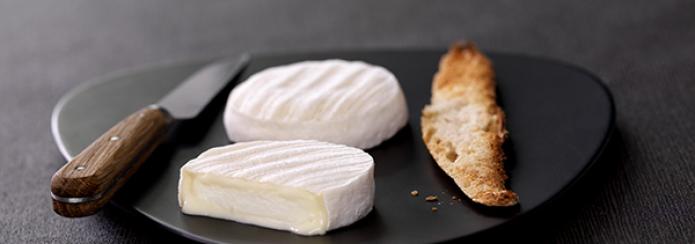
Food that goes well with Rocamadour:
| Category | Food |
|---|---|
| Bread | Baguette, sourdough, multigrain bread, and crackers |
| Fruit | Apples, pears, figs, grapes, and apricots |
| Meats | Prosciutto, salami, smoked salmon, and roast chicken |
| Vegetables | Arugula, spinach, roasted bell peppers, and cherry tomatoes |
| Condiments | Honey, fig jam, olive oil, and balsamic vinegar |
| Nuts | Almonds, walnuts, pecans, and hazelnuts |
| Desserts | Dark chocolate, fruit tarts, and apple pie |
| Others | Olive tapenade, sundried tomatoes, and pesto |
Also read: 11 Best Crackers that Pair Well with Cheese
Beverage that goes well with Rocamadour:
| Category | Beverage |
|---|---|
| Wine | Sauvignon Blanc, Chardonnay, Chenin Blanc, and Merlot |
| Beer | Belgian Tripel, Saison, and Amber Ale |
| Spirits | Brandy and Whiskey |
| Non-Alcoholic | Sparkling water, grape juice, and apple cider |
Also read: Best Wine and Cheese Pairings: The Ultimate Guide
The History of Rocamadour Cheese
Rocamadour cheese, a small but mighty product of French gastronomy, carries with it a storied history that is as rich and complex as its flavor. This cheese, known for its delicate yet profound taste, has been a culinary staple in the southwest regions of Périgord and Quercy for centuries.
The inception of Rocamadour cheese can be traced back to the Middle Ages when goats were introduced to the region during an Arab invasion. The locals started using goat’s milk to produce this cheese, a practice that has been passed down through generations and continues to this day. The cheese gets its name from the medieval village of Rocamadour, which has long been a place of pilgrimage and is also renowned for this specific goat cheese.
A member of the illustrious cabécou family of cheeses, Rocamadour is made from unpasteurized goat’s milk, lending it a soft texture and a natural rind. While it is small in size, it packs a punch in terms of flavor, with its white, creamy interior offering a subtle tanginess that lingers on the palate.
Interestingly, old grimoires from the 15th century contain mentions of a Cabécou de Rocamadour, a small goat’s cheese in the shape of a puck, indicating that the tradition of cheesemaking in this region has been preserved for hundreds of years.
Today, Rocamadour cheese stands as a testament to France’s rich dairy heritage and the art of traditional cheesemaking. It continues to be produced in the same regions, following age-old methods, and is savored by cheese lovers across the globe for its unique taste and quality.
Also read:
- What is Pouligny-Saint-Pierre? A Taste of Central France in Every Bite
- What is Chabichou du Poitou? The Zesty, Grassy Cheese of France
- What is Fourme de Montbrison? The Gentle Blue From Southern France
- What is Crottin de Chavignol? The Jewel of the Loire Valley
- What is Pélardon? A Taste of the French Countryside in Every Bite
- What is Saint Nectaire? A Taste of the Auvergne Region’s Volcanic Pastures
- What is Tome des Bauges? The Art of Artisanal Cheese

